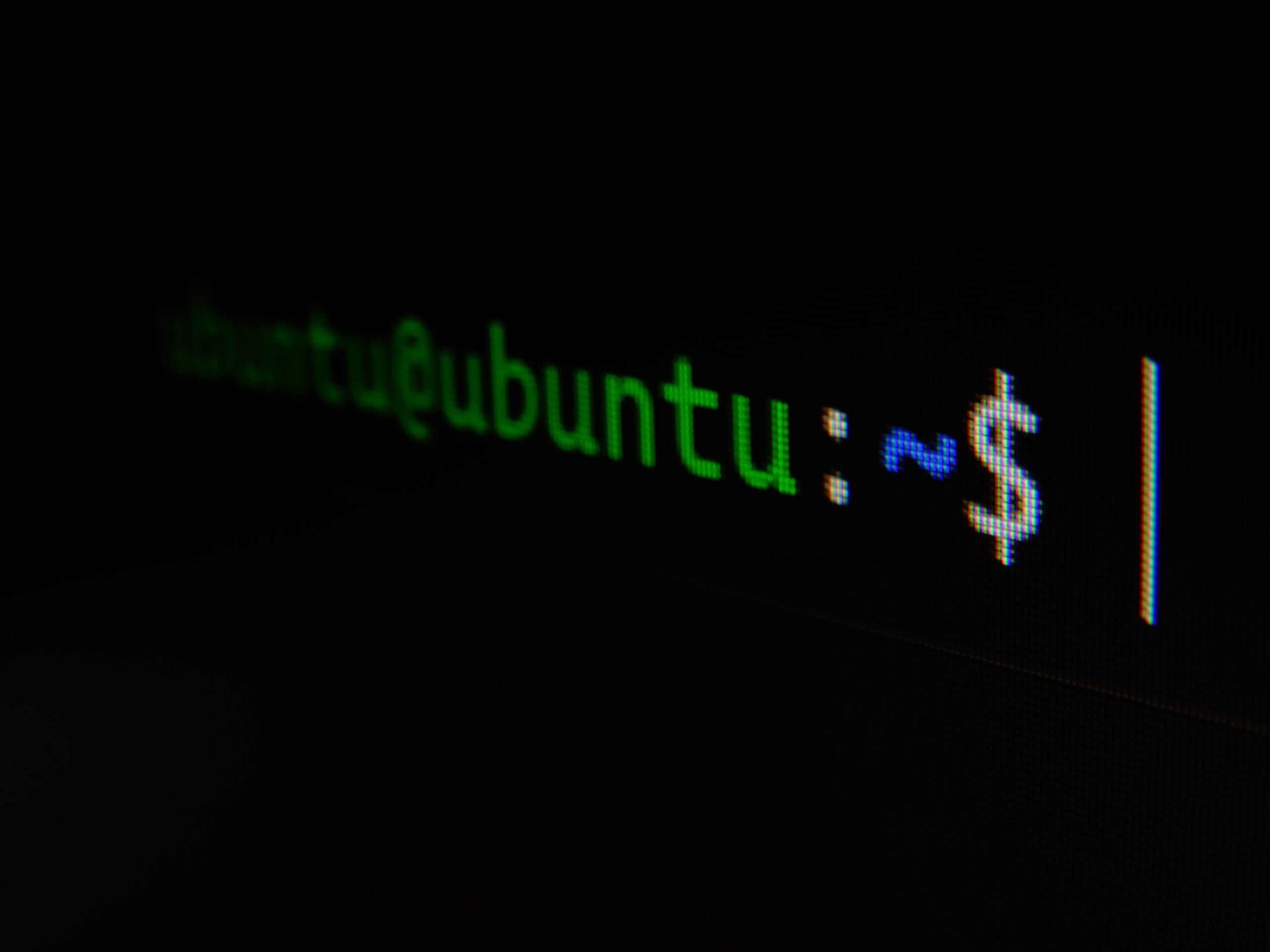Ubuntu is an operating system (OS) developed by Canonical Ltd. that is free to download and is open-source, unlike the popular Windows OS which always comes with a price.
Its initial release was way back in 2004 and was named “Warty Warthog,” as their naming convention is using an adjective and an animal that starts with the same letter. Its latest version as of this writing is Ubuntu 22.04 (Jammy Jellyfish) and was released last April 21, 2022.
If you run an Ubuntu operating system and your microphone is not working on your device, this guide may help you.

Solution 1 – Check the Sound Settings
For Ubuntu 22.04:
- Click the speaker icon on the upper right corner of the home screen. A menu will appear.
- Click Settings on the menu.
- On the Settings window on the left pane, click Sound.
- Scroll down a bit and you will see the Input section on the right pane.
- Click on the Input Device drop-down and browse for the microphone you are trying to use. If there is no external microphone connected to your computer, it should only display one entry which is the built-in microphone.
- Once selected, increase the volume.
- Try speaking on the microphone and see if the horizontal bar just below the Input Device selection increases.
- If it responds to your voice, your microphone should be working fine.
For lower versions of Ubuntu:
- Click the speaker icon on the upper right corner of the home screen. A menu will appear.
- Click on Sound Settings. The Sound dialog will appear.
- Under the Input tab, select your microphone on the left pane and the corresponding settings will appear on the right pane.
- Make sure that the Mute check box is not ticked.
- Once unticked, try speaking on your microphone and see if the Input Level bar responds to your voice. If yes, then your microphone should be working.
- If the Input Level bar is still not responding, try increasing the Input Volume.
Solution 2 – Install PulseAudio Volume Control
- Open the terminal.
- Type sudo apt-get install pavucontrol and press Enter. If this command does not work (due to your Ubuntu version), you may follow the installation steps defined in Solution 6 below.
- Once finished, run the application by typing pavucontrol on terminal and press Enter. The Volume Control dialog will appear.
- Click the Input Devices tab.
- Click the lock icon on the microphone you are trying to use to unlock it.
- On the Port drop-down, select the microphone you are trying to use.
- Try testing your microphone and see if it works.
Solution 3 – Reload ALSA
- Open the terminal.
- Type sudo alsa force-reload and press Enter.
- Restart the microphone and check if it already works. If you are using the built-in microphone, try restarting the system.
Solution 4 – Reinstall PulseAudio Volume Control
- Open the terminal.
- Type sudo apt-get remove –purge alsa-base pulseaudio and press Enter.
- If it asks you to continue, type y and press Enter. Wait for the process to finish.
- Once done, type sudo apt-get install alsa-base pulseaudio and press Enter.
- Restart the microphone and check if it already works.
Solution 5 – Configure alsamixer
- Open the terminal.
- Type alsamixer and press Enter. You will be presented with a GUI that looks like a mixer but still in the terminal window.
- Use the right arrow key on your keyboard to browse to the microphone. The font color of the currently selected setting will change to red.
- Once you’re on the microphone, press M on your keyboard to toggle Mute. MM means muted while 00 means enabled.
- To increase or decrease the gain, you may use either of the following:
- up and down arrow keys
- page up and page down keys
- scroll wheel on your mouse
- Press Esc on your keyboard and then try your microphone again.
Solution 6 – Selecting a device under Recording tab in PulseAudio Volume Control
- Open the terminal.
- Type pavucontrol and press Enter. If it says command not found, it just means that you still have to install it. To install:
- Go to this website: https://www.ubuntuupdates.org/package/core/jammy/universe/base/pavucontrol
- Under the Download “pavucontrol” section, click the 64 bit deb package button.
- Once downloaded, click the downloaded file from your browser.
- A dialog will appear asking you to choose how to open the file. Click Software Install and then click Open.
- A new window should appear after a couple of seconds displaying the PulseAudio Volume Control.
- Click Install.
- A dialog will appear where you will enter your password. Type your password and click Authenticate. Wait for several seconds while the installation proceeds.
- Once done, go again to the terminal and type pavucontrol and press Enter.
- The Volume Control window will appear. You may want to expand the window or maximize it for better visibility.
- Click the Input Devices tab and double-check if the device is muted or if the volume is too low.
- Once verified, click the Recording tab.
- If you do not see anything, open an application that you wish to use for your microphone, e.g. Skype.
- If you do a test call on Skype, you will now see Skype under the Recording tab.
- There is a drop-down button on the right side where you can select a device. Select your microphone accordingly.
- Once done, you may now test your microphone.
Solution 6 – Selecting the Analog Stereo Duplex in PulseAudio Volume Control
- Open the terminal.
- Type pavucontrol and press Enter. If it says command not found, it just means that you still have to install it. Check out the installation steps in Solution 6.
- The Volume Control window will appear.
- Click the Configuration tab.
- Select the Analog Stereo Duplex profile from the drop-down button. “Duplex” means using both output and input, which you need if you want your microphone to work and hear sound at the same time. There are also other options there you can experiment on depending on your sound system.
Solution 7 – Reset PulseAudio Volume Control
- Open the terminal.
- Type the following:
rm -f ~/.config/pulse/*
sudo killall pulseaudio
- The daemon(s) or background processes will restart automatically. You may now run pavucontrol again.
- If the above steps still do not solve the issue, log out from the system and log in again.
- Open Settings.
- On the left pane, click Sound.
- Under the Input section, select each available device and try speaking on your microphone. See if the horizontal bar responds for each device. If the bar responds to all of the devices, your microphone should be working properly now.
Solution 8 – Update your BIOS
BIOS (basic input/output system) is the program that runs when you power on your computer. It is responsible for the communication between the operating system and the devices attached to the computer. Therefore, an outdated BIOS may cause problems to your devices. To update your BIOS, go to the Ubuntu website: https://help.ubuntu.com/community/BIOSUpdate
Each computer has its own way of updating the BIOS. There are several tutorial videos on the internet such as these:
- Updating the Dell UEFI BIOS with the Ubuntu Linux Firmware Update Manager or USB Flash Drive
- How to update BIOS using Linux
If this task is too technical for you, you may bring your laptop to a computer repair shop and ask to update your BIOS.
Solution 9 – Have your computer repaired
If you have a newly bought computer and the microphone just never works after following the suggested solutions above, maybe it is just defective. Consider having your computer repaired or replaced especially if it is still under warranty.
References:
(2020 June 17). UBUNTU (LINUX) MICROPHONE SETTINGS. Online Mic Test. https://www.onlinemictest.com/microphone-settings/ubuntu/

Susan is a professional writer. She has been a writer for eight years and has always been so fulfilled with her work! She desires to share helpful, reliable, and unbiased information and tips about tech and gadgets. She hopes to offer informative content that can answer users’ questions and help them fix their problems.


